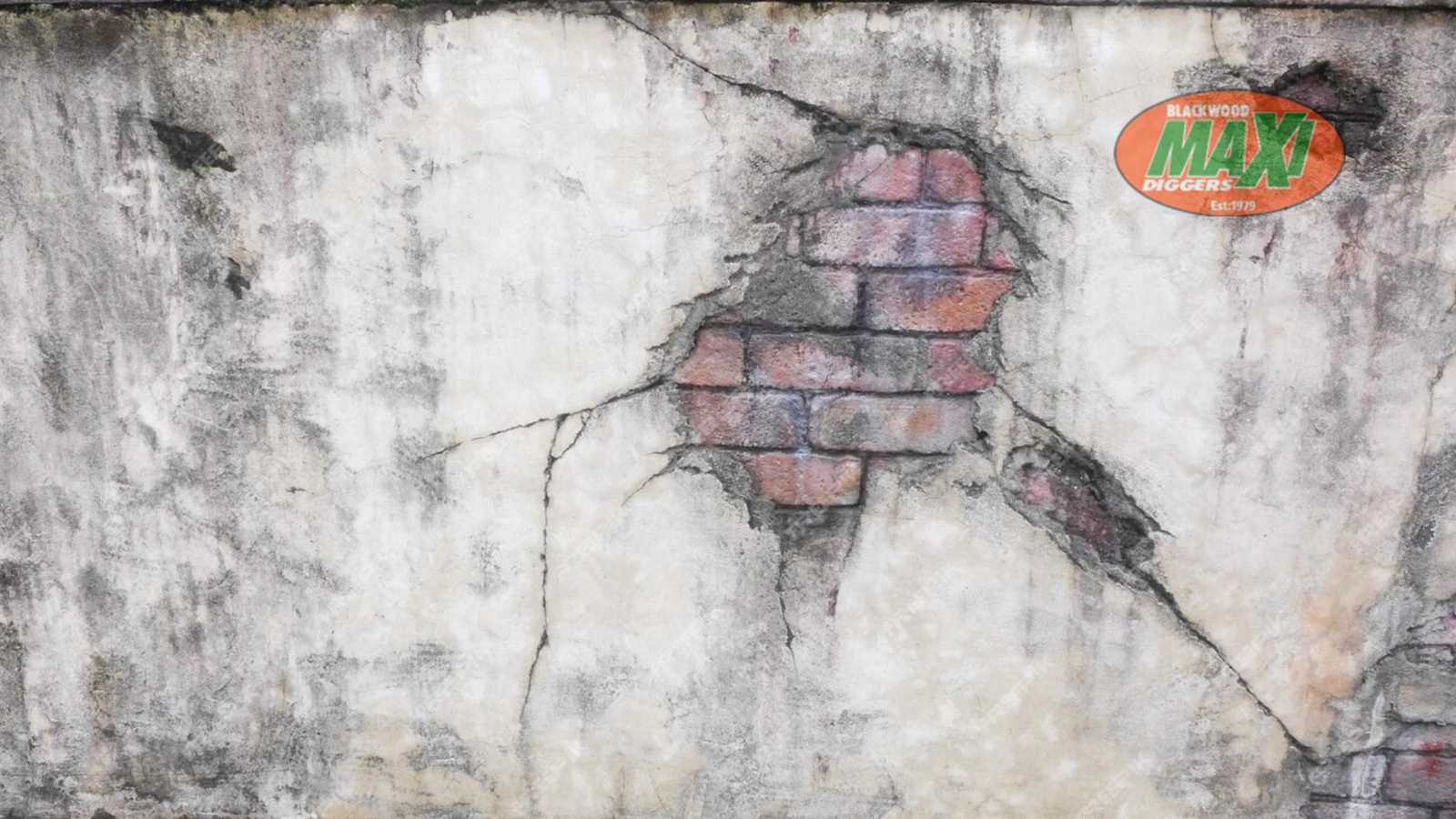Have you noticed a wall in someone’s garden supporting a sloped hill or a flower garden? We call that kind of wall a retaining wall. Builders construct it to prevent soil erosion.
These walls help in converting sloped land to flat and stable land. However, sometimes these walls are prone to breakage and collapsing. These incidents are referred to as retaining wall failure. Many people hire Retaining Wall Services experts to avoid such complications. These professionals build them the right way to avoid the walls from toppling over.
Water pressure is the most prevalent reason for retaining walls failing; walls tend to crack, lean, or even topple when water builds up behind them with nowhere to go.
Fortunately, you can build walls in a way that mitigates these issues if you construct them properly from the start!

What are the 7 ‘Do Nots’ for Installing Retaining Wall Blocks?
Like many structures, retaining walls can fail when not done properly the first time around. Instead of facing extensive wall repairs months down the line, it is much wiser to hire a professional retaining wall service to ensure the builders construct the wall correctly from the start.
Regardless, here are the seven mistakes that you would not want to make if you did choose to take on the challenge of retaining walls:
1. For Not Providing Water With A Way Out
Walls need some form of ventilation for rainwater to escape. If not, water retention will build up and start putting pressure on the structure, which could lead to disastrous results.
2. Not Having A Sturdy Base
Topsoil or soft, unlevel foundations can cause blocks to sink or tilt, leading to numerous problems down the line.
3. Using Blocks Aimed For Decoration Rather Than For Concrete Strength
Not every block or stone can withstand the tension formed when dirt is pushed against it. Some blocks are only reliable when it comes to holding back dirt.
4. Poorly Considered Wall Design
Some walls are built without a good plan. A wall should be able to withstand the height and the weight of the soil behind it.
5. Poor Dirt Selection
Bringing back the same dirt that is behind the wall without any gravel or rock would generally cause water retention and build-up problems.
6. Lack of Special Reinforcement (Geogrid)
Netted structures known as geogrids provide the additional support large walls rely on to keep dirt and concrete in their intended positions.
7. Noncompliance with Protocols
Every city has its distinct set of construction guidelines. Not adhering to these protocols would result in the need to demolish and reconstruct the wall or incur monetary penalties.
What is the lifespan of the retaining wall?
The nature in which retaining walls are constructed and the components used determine how long they can last. Here are estimations for each kind:
Wooden Walls: 15-25 years. Aside from looking good, wood is prone to rotting and being infested with bugs.
Concrete Block Walls: 30-50 years. Good drainage increases their durability, and these are strong and last longer.
Poured Concrete Walls: 50-100 years. Very strong and often used in big projects.
Stone Walls: 50 years or more. While strong and pretty, stone takes longer to build.
You can enhance the longevity of your walls by performing regular maintenance. This involves monitoring for cracks, ensuring proper water flow, and controlling the growth of roots from nearby vegetation.

Ways of Preventing the Failure of Retaining Walls
To maintain the strength of a wall over time, proper construction and regular upkeep are essential. This can be best achieved by contacting specialised retaining wall services. To avoid the failure of these walls, here are some simple suggestions:
1. Allow Water To Drain
Water can be drained using drainpipes, weep holes, or backfill rock.
2. Correct Construction Materials Must Be Followed
Use only strong blocks or dirt-retaining materials. Avoid using weak materials.
3. Build a Solid Bottom
Construct a level and compacted base using gravel. This will help prevent wall settlement and lateral movement.
4. Additional Support
Use geogrid or strong ties to physically connect the wall and soil for added aid. This is important, especially for taller walls.
5. Don’t Build Too Tall
The walls have height limitations, and if they need an engineer, then you know you’ve gone too far. While building your wall, make sure that you do not go over the height limit unless you want to get expert help.
6. Test and Polish
Examine your wall every year. Always check for water flow and make sure there are no cracks forming at the seams.
7. Plant Smart
Methodically place foliage. Avoid using trees with large crowns and deep roots on the side of the wall, as they might push against the wall and cause breakage.
Understanding the reasons behind the most common retaining wall failures aids in maintaining the balance of these walls. Quite often, the source of the concern is stagnant water.As long as you take adequate measures while building the wall and maintain it properly, your wall will last for years. Make sure to seek out Retaining Wall Services to ensure the builders construct it correctly from the start.